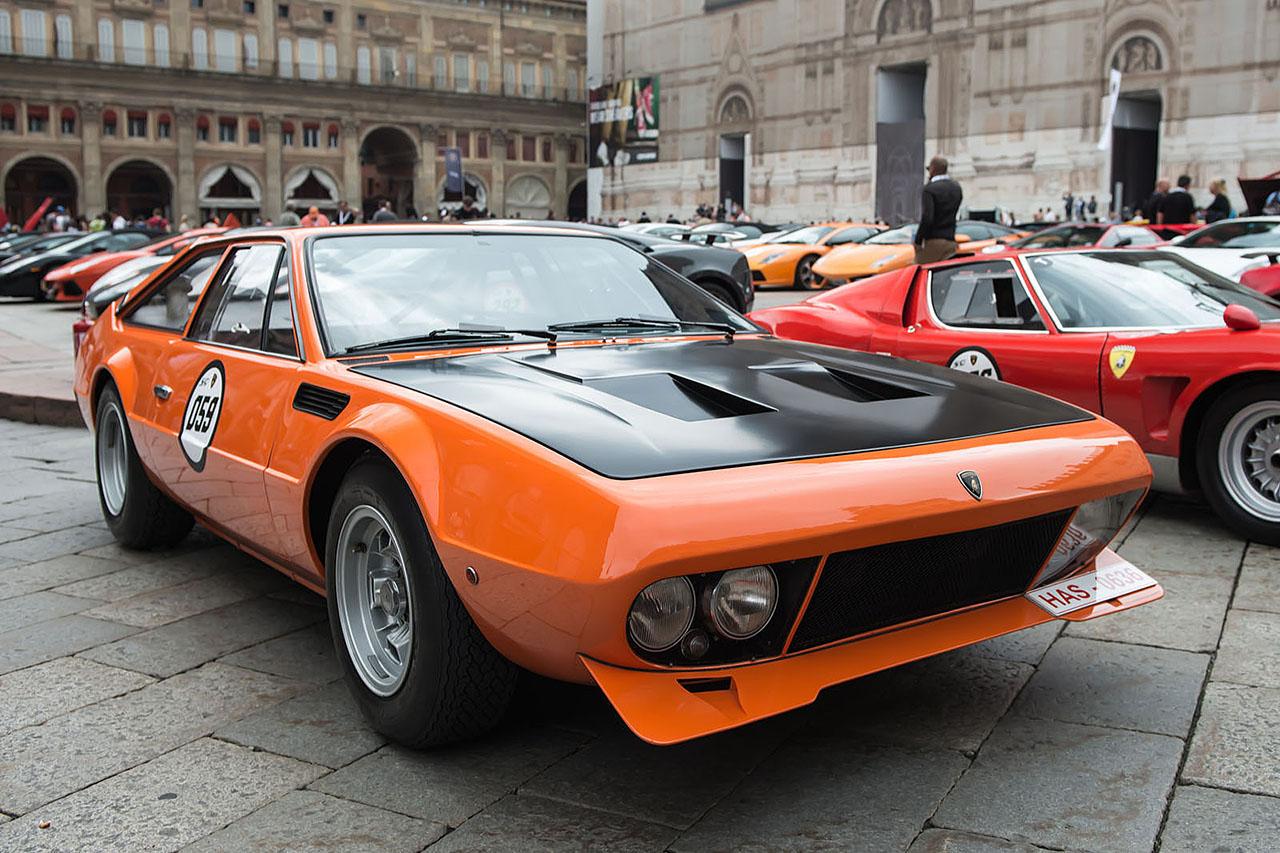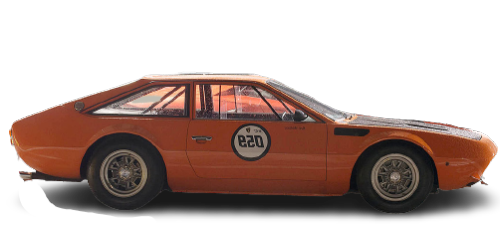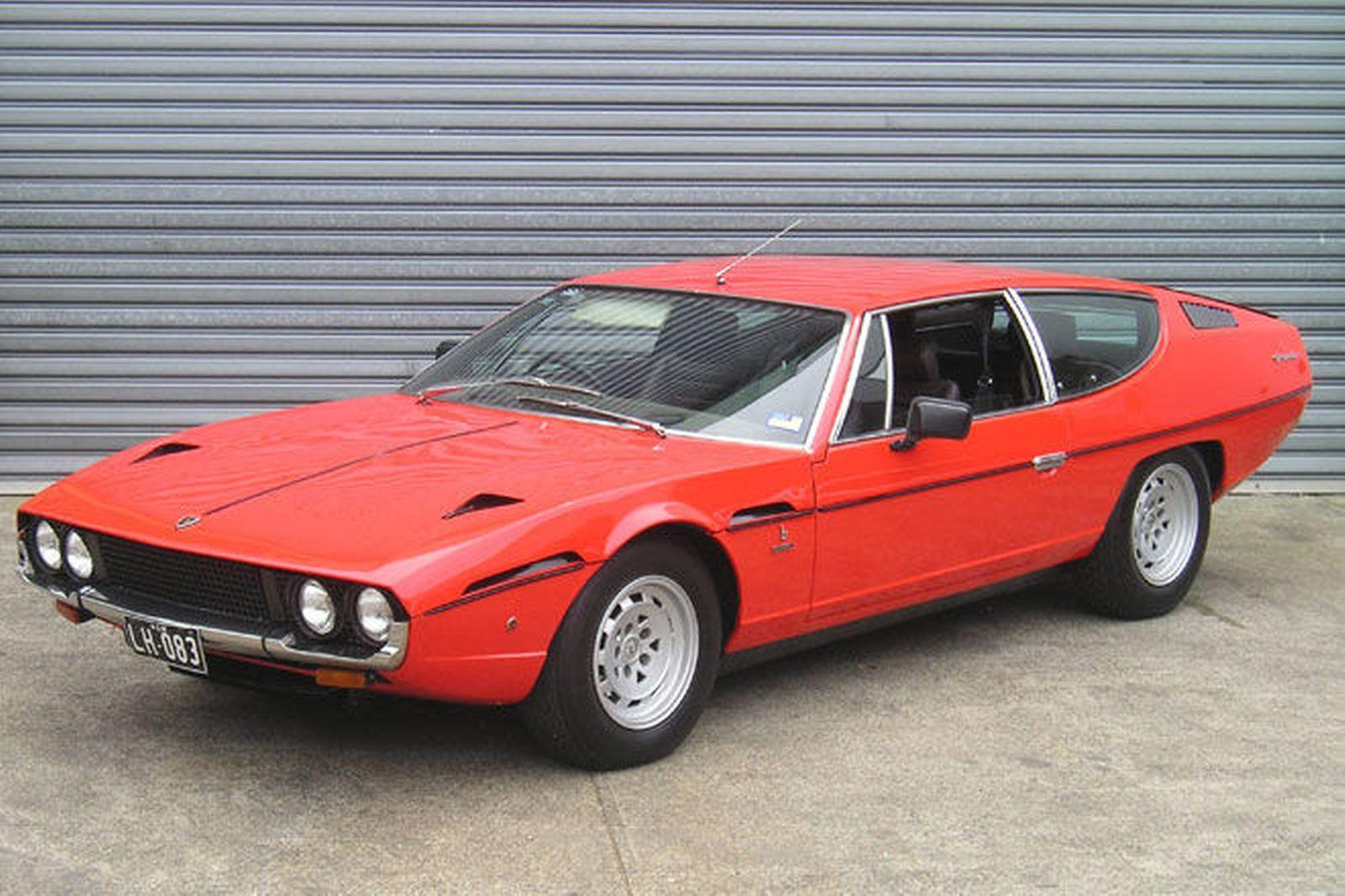In 1972, Bob Wallace modified a Jarama into a pure hot rod, he used the chassis number 10350 (the last Jarama chassis) with engine #40537 originally mounted, however, some sources state the engine was taken from an Islero instead.
Bob started from the bare shell and welded up the body in several places to add stiffness and rumor has it he moved the engine a few inches to the rear to improve front/rear weight distribution to a near perfect 50/50 balance. Because the engine was moved towards the rear of the car, a new dashboard, and central transmission tunnel were required.
He also replaced several body panels with aluminum-built ones, the doors were changed into aluminum, and he used plastic for the front – and rear-side windows, the front windows had a small sliding part incorporated. The rear seat was removed and a fuel tank and battery were put into place, the fast fuel-filler for the tank was put straight through the rear window.
He replaced the hood and moved the headlights down, the hood now had special radiator air extractors incorporated into it, and to complete the changes to the front, Bob installed a chin spoiler while the covers for the headlamps were removed, they now housed behind transparent plastic covers. The wheels became Miura-style center-lock Campagnolo’s with wider rear rims, as seen on the Miura SV. The front at 8 inches wide, while the rear ones became 10 inches wide mounted with 215/70 and 225/70 VR XWX tires from Michelin.
Four ventilated disc brakes were used and an adjustable Koni based race suspension was installed, the bottom of the car was flattened with aluminum panels, to allow a clean airflow underneath it.
The interior was stripped of all luxury items and a steel roll-over cage was installed to protect the driver and only one passenger in case of an accident, low back Miura seats were put in place together with three-point seat harnesses while most of the interior got covered in Alcantara the central tunnel shows that impressive ‘quilted’ PVC seen in many race cars of that era it reminds me of the Q-Citura stitching seen today.
The engine was tuned to deliver about 380 Bhp at 8000 rpm, Weber 42 DCOE carburetors were mounted and the air filters were removed, the flywheel, pistons, and con-rods were replaced with lightweight units and balanced while a larger oil cooler was installed although the gearbox and differential remained original.
As always, these special cars were the first to be sold when things got worse, and this very special Jarama ended up in the Saudi Arabian desert where it was rediscovered back in 1999. It was shipped to the UK importer Portman who was able to restore the car to its original state.
Precise performance figures are not available, but thanks to the aluminum bodywork and the removal of all unnecessary luxury in the interior, this Jarama was a lot lighter than a stock unit and this resulted in a very fast car, independent testing in the Nineties revealed a top speed of 270 Km/h. (165 Mph.)
In June 1996 this extremely rare Jarama was sold for US $ 47,795 and went to Germany, where she still resides today and is driven from time to time performance figures are still impressive with an acceleration from 0 to 100 Km/h in 6 seconds flat, compared to 6.8 seconds for the standard Jarama GTS.




